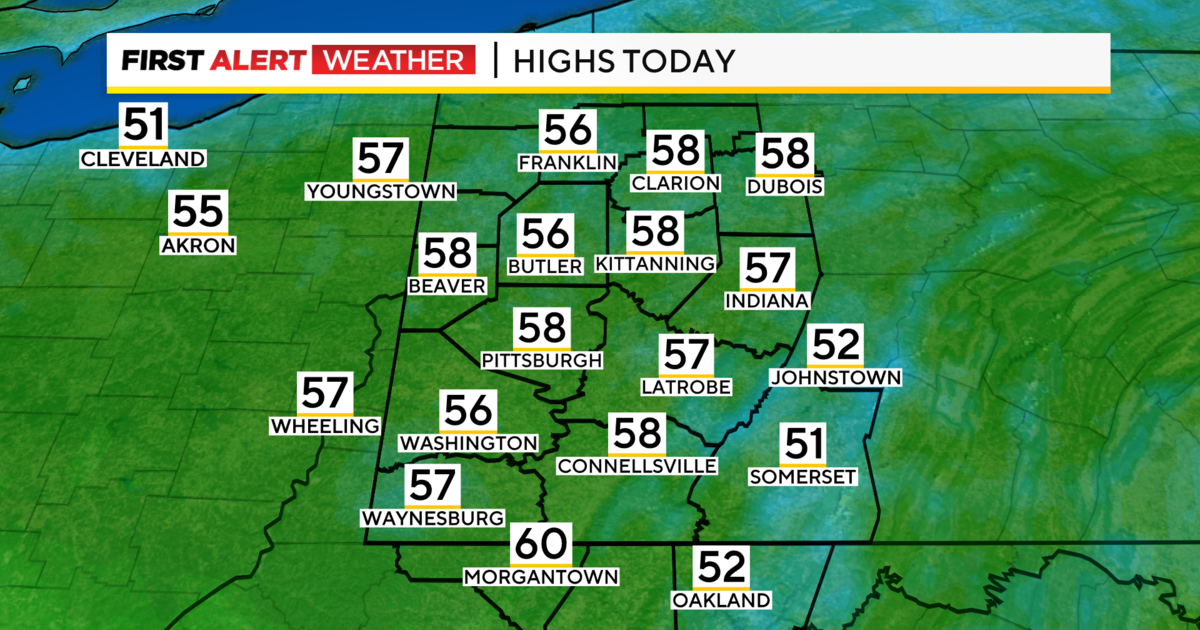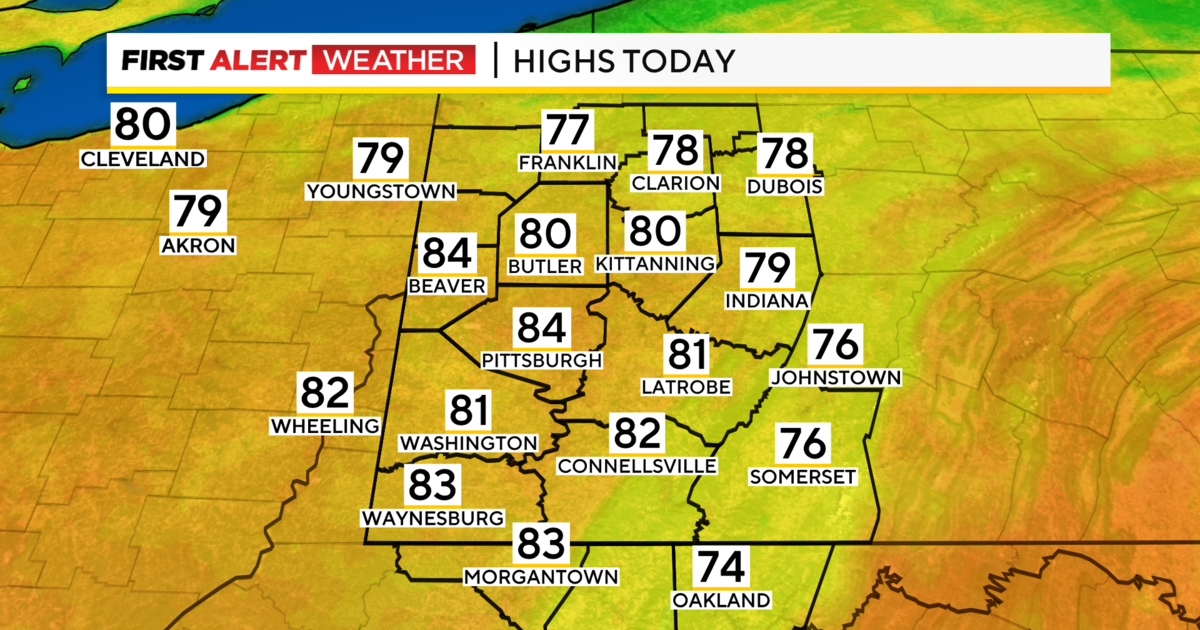KDKA 2023-24 Winter Weather Forecast: Will we see more snow this year?
PITTSBURGH (KDKA) -- Winter is quickly approaching, and that means it's time for KDKA-TV's eagerly awaited annual winter forecast from the First Alert Weather team.
Before we get to this year's forecast, in the interest of transparency, we always want to let you know how last year's forecast stacked up to the actual snowfall amount.
We were on the right track when we told you we expected less snow than normal. What we got, however, was far less than we were expecting.
Pittsburgh ended up with the lowest seasonal snow total since the winter of 1990-91. We only racked up 17.6 inches, which wasn't even half of our lower-than-average prediction of 40 inches.
As for this year, our set up is going to be a lot different than the last three years.
Last winter marked the third La Niña pattern in a row, something called a triple dip. It was wet, but so warm that our region wound up with a lot of rain and not much snow.
This year, all signs point to an El Niño pattern, where trade winds weaken off the coast of South America, allowing Pacific Ocean temperatures to warm. That pushes our jet stream further north and typically means a warmer and drier winter for the Ohio Valley and western Pennsylvania.
There's a 71 percent chance an El Niño pattern will form and last through spring.
The wildcard this year is whether unseasonably warm air that stuck around through early October and extremely warm Atlantic Ocean temperatures will play a role in our overall winter pattern. But one thing is certain: our winters are changing.
In fact, winter is the fastest warming season compared to spring, summer and fall.
According to Climate Central, most places across the country have seen an increase of at least 2 degrees for their average winter temperatures.
If we continue to follow this trend, what exactly does this mean for our future winters?
We are still going to experience some cold days, just not as many. We will also still undergo cold spells like last year's Christmas freeze, but they won't last as long. In fact, from 1970 to 2021, 97 percent of the 244 U.S. locations have experienced shrinking winter cold snaps.
Also, about 80 percent of those places are experiencing at least seven more days of above normal temperatures during the winter season compared to the 1970s.
So let's drill down on this year's expected temperatures. The early signs are pointing to another very warm winter.
Here's what we're forecasting.
Unlike last year, we'll start off with unseasonably warm weather in place through the end of the year. Temperatures will remain warm in January and February. Then, temperatures will move closer to average for both March and April. And we're forecasting the warmer-than-normal temperatures to stick around through most of spring.
Obviously, the warmer temperatures we're expecting will have an impact on our snow totals.
Winter will likely be slow to start, but we may be able to stack up a near average November, which isn't usually hard. We're looking for only 2 inches. December may end up with half of its average snowfall, however, coming in at just 4 inches. In January, we're anticipating 11 inches of snowfall, which is a little less than average. February's snowfall forecast is 9 inches, which is lower than the average of nearly a foot. And as we head toward spring, 4 inches of snow is possible for the month of March, with possibly another inch in April.
All in all, we're looking at a total of 31 inches of snow for the season, which is more than last year, but still well below the average of 44.1 inches.
Obviously, this is all based on the trends we're seeing now, and little swings in the atmosphere could mean big changes in the amount of snow we actually get, and that is why we still forecast every day and don't rely solely on long-range forecasts.
But our forecast doesn't stop there. This year, we've added a financial element.
We've all seen higher costs for just about everything this year, and your winter utility bills will be no different.
The Rocky Mountain Institute reports natural gas costs are increasing by 28 percent this winter. That means an added $53 a month, on average, to your gas bill. And electric costs are expected to increase 10 percent, which amounts to an extra $23 a month, on average, there.
There's also supplies to consider. Salt is roughly $8 a week or just over $100 for the entire winter. A new snow shovel will run you $50, and a new snow blower will set you back about $250. And, of course, there's always the chance of even bigger costs like frozen pipe repairs, a new furnace or even roof repairs from snow or ice damage, which can all quickly add up to a costly winter.




